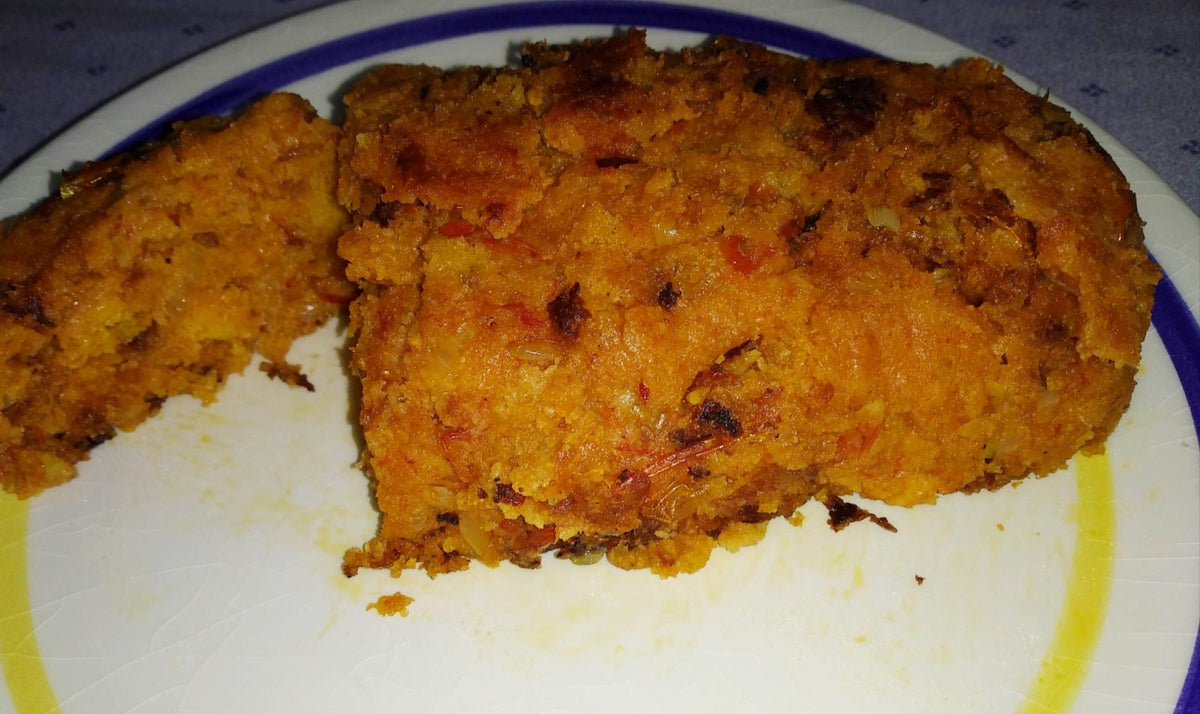
Sliceable Pappa al Pomodoro
|
|
Time to read 2 min
FREE U.S. SHIPPING 11/25-12/1. No code required.
|
|
Time to read 2 min
Having never been to Italy, I try to discover the country through its dishes. In fact, I have a bucket-list of food to make and eat for every region of Italy. When Tuscany is mentioned, pappa al pomodoro is one of the first things that comes to mind. Having tried my hand at the staple that is Tuscan bread (without salt), the next logical step was to make pappa al pomodoro. Unsure if my family would like to eat something called “pappa” (and with a spoon at that), I decided to make it less loose and creamy – something more recognizable from a Portuguese point of view. That pan-fry also helped! I find that, besides giving the dish a delicious crust, it mellows the acidity of the tomatoes. However, it’s still a gutsy dish with a marked acidic taste, which also depends on the type of tomatoes used. For a more subtle flavor, water can be added instead of just using tomato sauce. Warm or at room temperature, it’s a dangerously delicious dish.

4
450 grams stale Tuscan bread, crust removed
725 grams tomatoes, chopped
170 grams onion, diced
7 tablespoons olive oil
4 teaspoons salt (or q.b. )
4 whole garlic cloves, smashed
2 teaspoons strutto (or lard, optional)
Tear the bread apart with your hands. The size of the pieces will depend if the desired pappa is more uniform (as small as large breadcrumbs) or with discernible pieces (as big as a crouton). Remember, it’s easier for smaller pieces to absorb liquid all the way through. If the bread is too fresh, it can be torn and let to air-dry overnight to 2 days.
In a pot, sauté diced onions and 2 garlic cloves in 2 tablespoons of olive oil until lightly golden.
Add chopped tomatoes and salt and let simmer for at least 10 minutes. At this point either blitz it or let simmer until the tomatoes start to collapse into a sauce. Note: if you prefer peeled tomatoes, blanch them in boiling water for 30 seconds beforehand and the peels will come right off.
In a sauté pan, add 4 tablespoons of olive oil, lard (if using), and smashed garlic, and let fry for 2 minutes on low-medium heat.
Remove the garlic and add the bread stirring to coat it in the fat.
Gradually pour in the sauce and stir well until the bread absorbs the liquid. If the bread is too stale and it needs more liquid, water may be added; however, the mixture shouldn’t be too wet, otherwise it won’t be easy to turn and fry the “molded” pappa. (If you find it too messy or difficult to stir, put the mixture into a pot, returning it to the pan once it’s time to fry it.)
Keep mixing and mashing the bread and adjust the salt if necessary (keep in mind that Tuscan bread has no salt).
On low heat and without letting it stick to the pan, let the mixture dry until it can be molded into a ball. To make this step more manageable, the ball can be divide in 2 pieces.
Increase to medium heat, add 1 tablespoon of olive oil, and with a spoon or spatula press each ball slightly against the side of the pan to turn it into a log shape with more contact area to fry. If it’s sticking too much, add more olive oil.
Fry for a couple of minutes on each side – it’s important to not move it around too much, in order to create a crust while being careful not to burn it. Your pappa al pomodoro will be ready when a crust has formed.